- 全部删除
 您的购物车当前为空
您的购物车当前为空
Anti-Carbonic Anhydrase 3 Antibody (8M461)
产品编号 TMAY-00912
别名 carbonic anhydrase III, Car3, CAIII
Anti-Carbonic Anhydrase 3 Antibody (8M461) 是一种 Rabbit 抗体,靶向 Carbonic Anhydrase 3。Anti-Carbonic Anhydrase 3 Antibody (8M461) 可用于 IP,WB。
Anti-Carbonic Anhydrase 3 Antibody (8M461)
Anti-Carbonic Anhydrase 3 Antibody (8M461)
一键复制产品信息产品编号 TMAY-00912 别名 carbonic anhydrase III, Car3, CAIII
Anti-Carbonic Anhydrase 3 Antibody (8M461) 是一种 Rabbit 抗体,靶向 Carbonic Anhydrase 3。Anti-Carbonic Anhydrase 3 Antibody (8M461) 可用于 IP,WB。
| 规格 | 价格 | 库存 | 数量 |
|---|---|---|---|
| 100 μL | ¥ 2,284 | 5日内发货 |
大包装 & 定制
加入购物车
TargetMol 的所有产品仅用作科学研究或药证申报,不能被用于人体,我们不向个人提供产品和服务。请您遵守承诺用途,不得违反法律法规规定用于任何其他用途。
联系我们获取更多批次信息
资源下载
产品介绍
生物活性
偶联与修饰
抗原信息
| 产品描述 | Anti-Carbonic Anhydrase 3 Antibody (8M461) is a Rabbit antibody targeting Carbonic Anhydrase 3. Anti-Carbonic Anhydrase 3 Antibody (8M461) can be used in IP,WB. |
| 别名 | carbonic anhydrase III, Car3, CAIII |
| Ig Type | Rabbit IgG |
| 克隆号 | 8M461 |
| 交叉反应 | Human |
| 特异性 | Human Carbonic Anhydrase III / CAIII |
| 验证活性 | 1. Anti-CA3 rabbit monoclonal antibody at 1:500 dilution. -Lane A: HepG2 Whole Cell Lysate. -Lane B: K562 Whole Cell lysate. -Lysates/proteins at 30 μg per lane. -Secondary -Goat Anti-Rabbit IgG H&L (Dylight800) at 1/10000 dilution. -Developed using the Odyssey technique. -Performed under reducing conditions. -Predicted band size:30 kDa. -Observed band size:34 kDa. 2. CA3 was immunoprecipitated using: -Lane A:0.5 mg HepG2 Whole Cell Lysate. -2 µL anti-CA3 rabbit monoclonal antibody and 15 μl of 50 % Protein G agarose. -Primary antibody: -Anti-CA3 rabbit monoclonal antibody, at 1:250 dilution. -Secondary antibody: -Dylight 800-labeled antibody to rabbit IgG (H+L), at 1:5000 dilution. -Developed using the odyssey technique. -Performed under reducing conditions. -Predicted band size: 30 kDa. -Observed band size: 30 kDa |
| 应用 | IPWB |
| 推荐剂量 | WB: 1:500-1:2000; IP: 1-4 μL/mg of lysate |
| 抗体种类 | Monoclonal |
| 宿主来源 | Rabbit |
| 构建方式 | This antibody was obtained from a rabbit immunized with purified, recombinant Human Carbonic Anhydrase III / CA3 (rh Carbonic Anhydrase III / CA3; TMPY-01761; NP_005172.1; Met1-Lys260). |
| 纯化方式 | Protein A |
| 性状 | Liquid |
| 缓冲液 | 0.2 μm filtered solution in PBS |
| 研究背景 | Carbonic anhydrases (CAs) are a large family of zinc metalloenzymes first discovered in 1933 that catalyze the reversible hydration of carbon dioxide. CAs participate in a variety of biological processes, including respiration, calcification, acid-base balance, bone resorption, and the formation of aqueous humor, cerebrospinal fluid, saliva, and gastric acid. Carbonic anhydrases (CAs) form a family of enzymes that catalyze the rapid conversion of carbon dioxide and water to bicarbonate and protons, a reaction that occurs rather slowly in the absence of a catalyst. The active site of most carbonic anhydrases contains a zinc ion, they are therefore classified as metalloenzymes. Several forms of carbonic anhydrase occur in nature. The primary function of the enzyme in animals is to interconvert carbon dioxide and bicarbonate to maintain acid-base balance in blood and other tissues, and to help transport carbon dioxide out of tissues. Plants contain a different form called β-carbonic anhydrase, which, from an evolutionary standpoint, is a distinct enzyme, but participates in the same reaction and also uses a zinc ion in its active site. Carbonic anhydrase 3, also known as Carbonate dehydratase III, CA-III and CA3, is a cytoplasm protein which belongs to thealpha-carbonic anhydrase family. CA3 is activated by proton donors such as imidazole and the dipeptide histidylhistidine. It is inhibited by coumarins and sulfonamide derivatives such as acetazolamide. At 6 weeks gestation, transcripts accumulate at low levels in the somites and at high levels throughout the notochord. As gestation continues, CA3 becomes abundant in all developing muscle masses and continues at high to moderate levels in the notochord. |
| 偶联 | Unconjugated |
| 免疫原 | Recombinant Protein: Human Carbonic Anhydrase III / CA3 protein (TMPY-01761) |
| 抗原种属 | Human |
存储&运输
| 储存方式 | Store at 2°C-8°C for 1 month. Store at -20°C or -80°C for 12 months. Avoid repeated freeze-thaw cycles. Preservative-Free. |
| 运输方式 | Shipping with blue ice. |
计算器
SCI 文献
评论列表
Related Tags: buy Anti-Carbonic Anhydrase 3 Antibody (8M461) | purchase Anti-Carbonic Anhydrase 3 Antibody (8M461) | Anti-Carbonic Anhydrase 3 Antibody (8M461) cost | order Anti-Carbonic Anhydrase 3 Antibody (8M461)










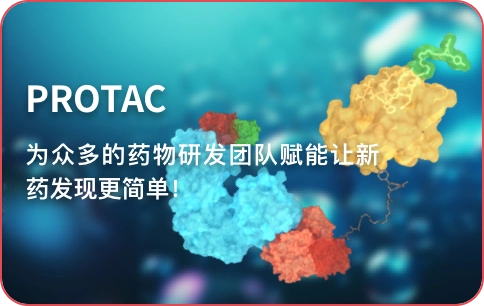






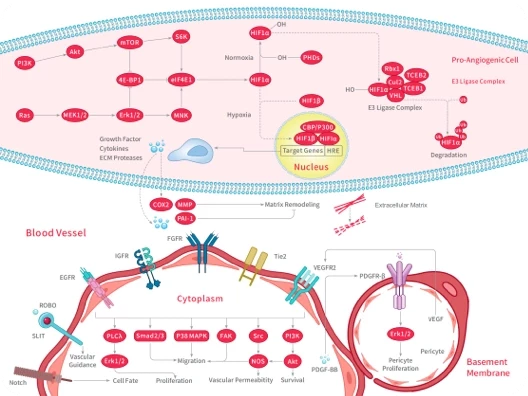
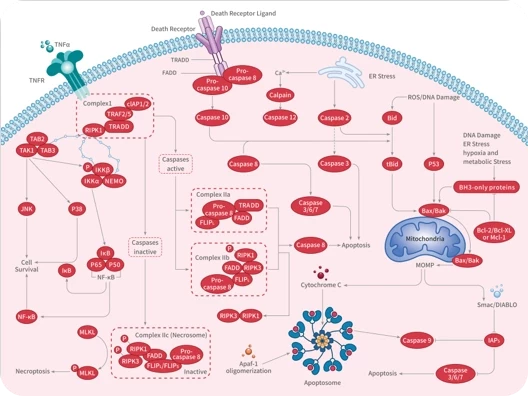
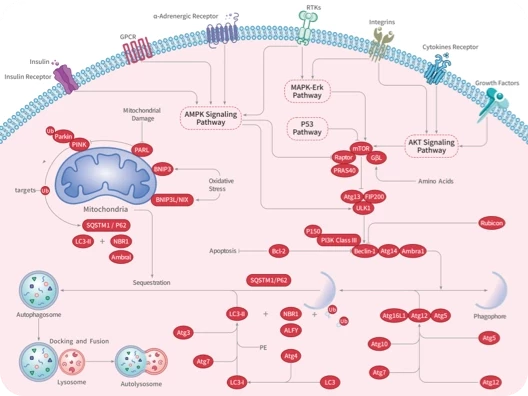

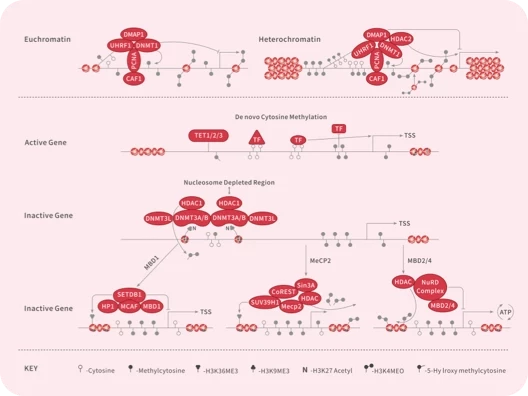
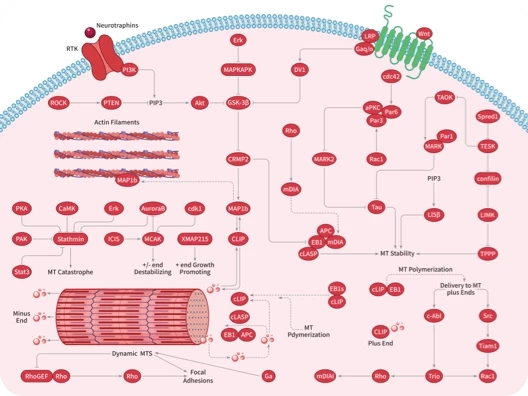
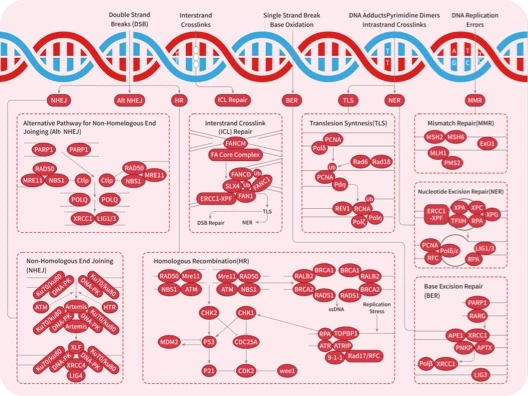
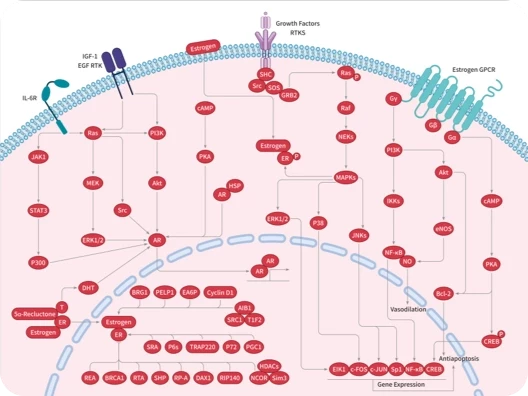
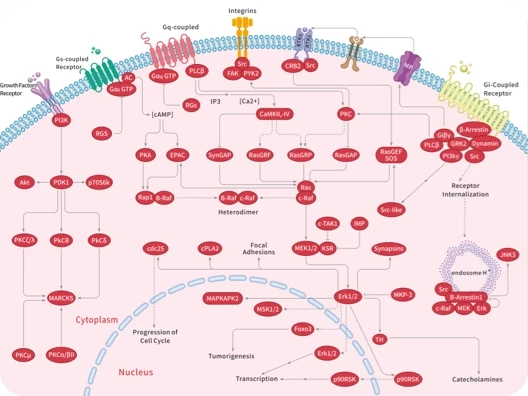
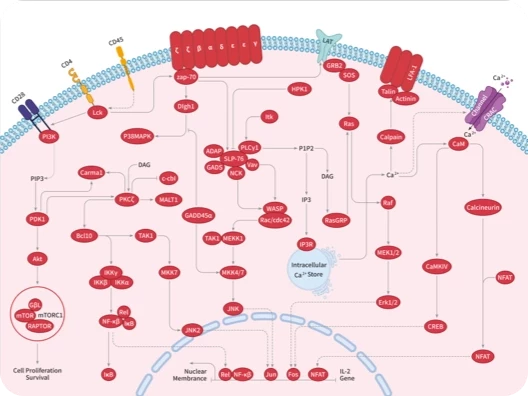
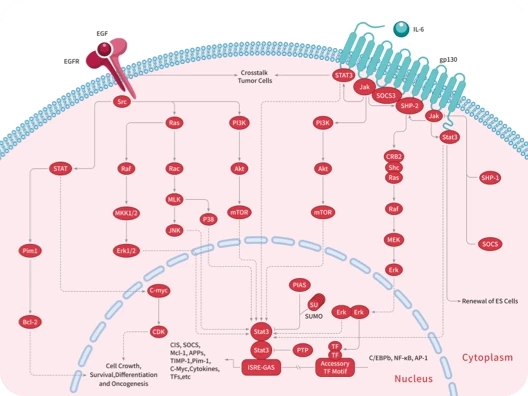
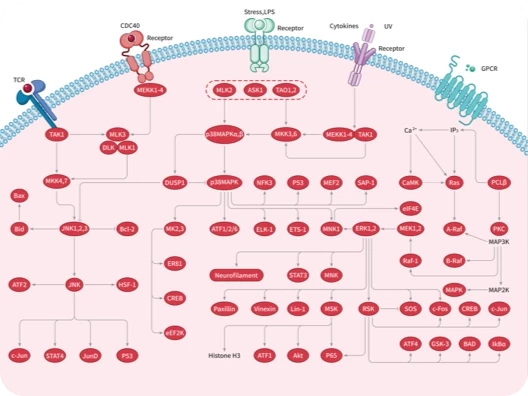
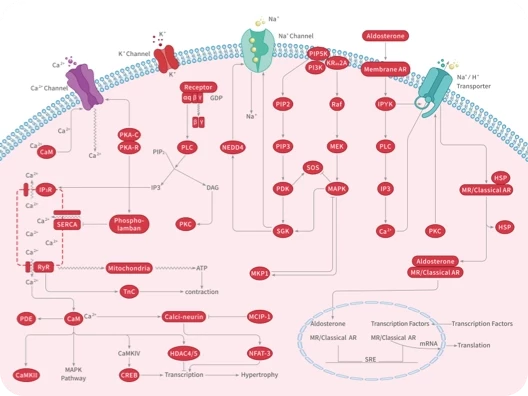
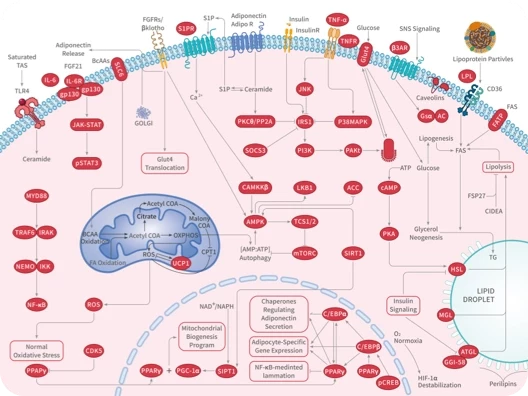
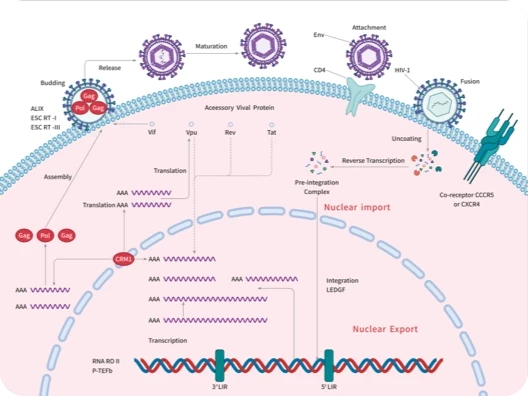


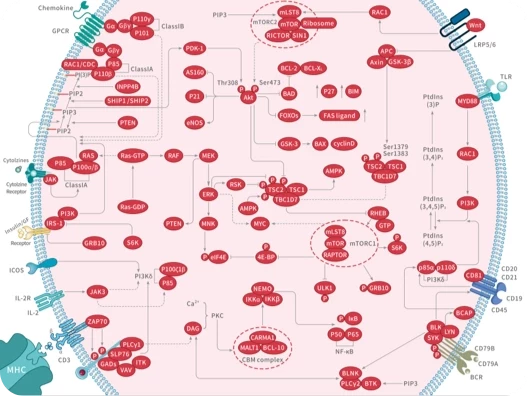
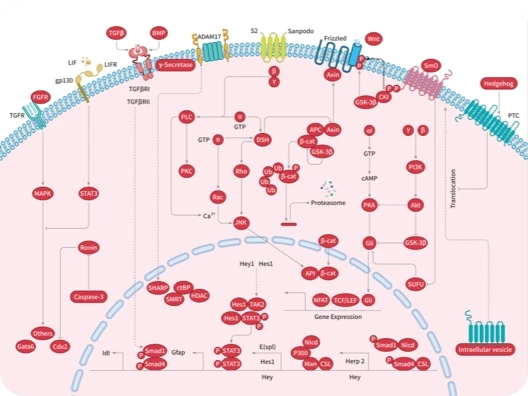

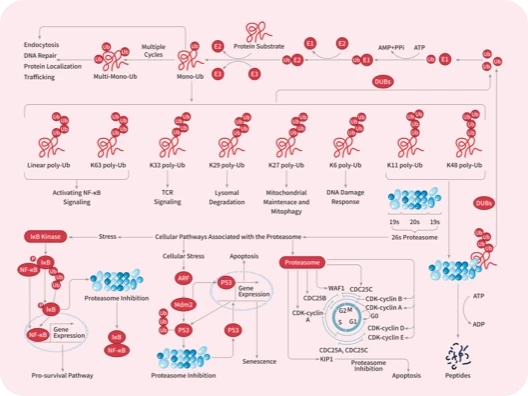


 还可以
还可以

 |
|
评论内容